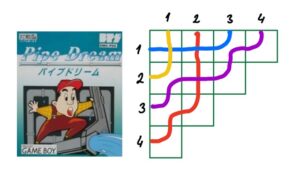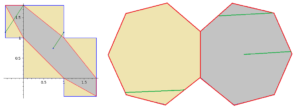This Friday at 11am we welcome (on Zoom) Evgeny Smirnov from HSE in Moscow and Independent University of Moscow, he will talk about Schubert Polynomials for classical groups.
Here is his summary and his super image:
The varieties of flags have been studied since the 19th century; they appeared in the works of G.Graßmann and H.Schubert, who used them to answer questions of enumerative geometry. They have a remarkable cellular decomposition, called Schubert. The adhesion classes of these cells (Schubert classes) determine a distinguished basis in the cohomology ring. According to a classic result of A.Borel, they can be considered as elements of the quotient of the ring of polynomials in several variables; it is then interesting to find a presentation of Schubert classes by polynomials.
In 1982, A.Lascoux and M.-P.Schützenberger found such a presentation, canonical in a certain sense, by Schubert’s polynomials. These polynomials have a very rich and interesting combinatorial structure. They are obtained as the generating functions of certain strand diagrams, say pipe dreams; in particular, this implies the positivity of their coefficients.
We can consider the same constructions for the G/B flag varieties of other classic groups: SO(n) and Sp(2n). In these cases, the Schubert polynomials were defined by S.Billey and M.Haiman in 1995. I will present a new construction of pipe dreams for these polynomials, which appeared in our joint work with Anna Tutubalina.


